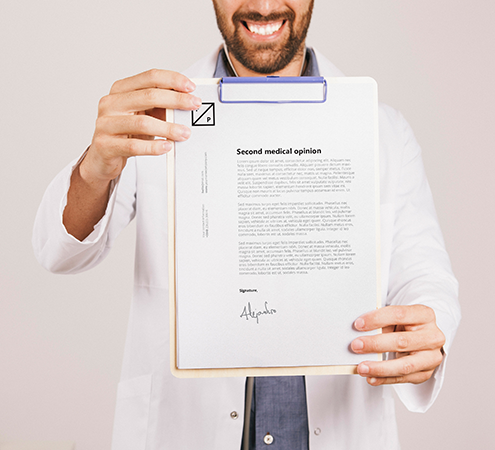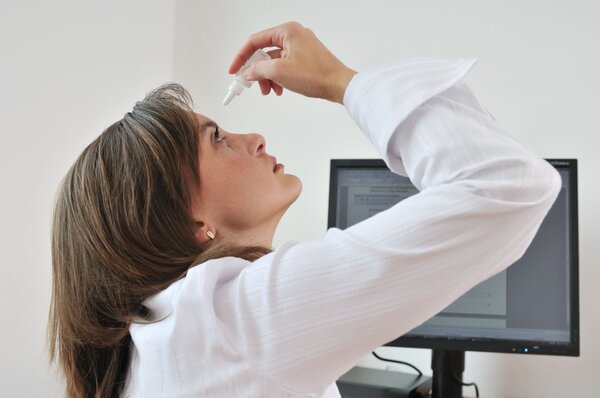Muscle imbalances are one of the main culprits for injuries, strains, and pain that occur during daily physical activity and workouts. In this article we explain it in detail.
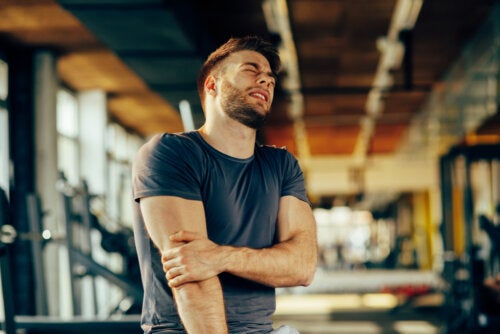
A muscle imbalance occurs when there is no harmony in the muscles of the body, due to poor posture or repetitive movements . This has important day-to-day implications, as well as causing pain and limited movement.
Among other issues, muscle imbalances can be a potential cause of injury. This is because they affect the position of the joint at rest and change the trajectory during movement, so that we do not do what we want to do.
The good news is that a proper exercise program can help improve muscle strength and increase joint range of motion. These are essential to eliminate muscle imbalances.
Why can a muscle imbalance occur?
The American Council on Exercise states that muscle imbalances can also be caused by overuse and the wrong type of use. This is because each joint is surrounded by muscles that produce and control movement.
But if the muscles on one side of a joint become too tight from overuse, those on the other side can become weak from lack of use, leading to muscle imbalance. Next we see the most common causes in athletes and in people in general.
In athletes
The most common cause of muscle imbalance in athletes is repetitive movements. This is because, due to overuse, the muscles shorten, forcing them to remain in a semi-contracted state. This causes the joint to change position. To avoid this, it is necessary to identify movement patterns and train with antagonistic or compensatory gestures.
Another reason for muscular imbalance in athletes is the performance of exercises in a single plane of movement. By not training in varied planes, he insists on restricted work, limiting the trajectory.
Finally, it should be mentioned that bad posture and bad technique in the execution of exercises is also a cause of muscular imbalance during sports practice. This is one of the additional reasons to consider when considering technique and posture.
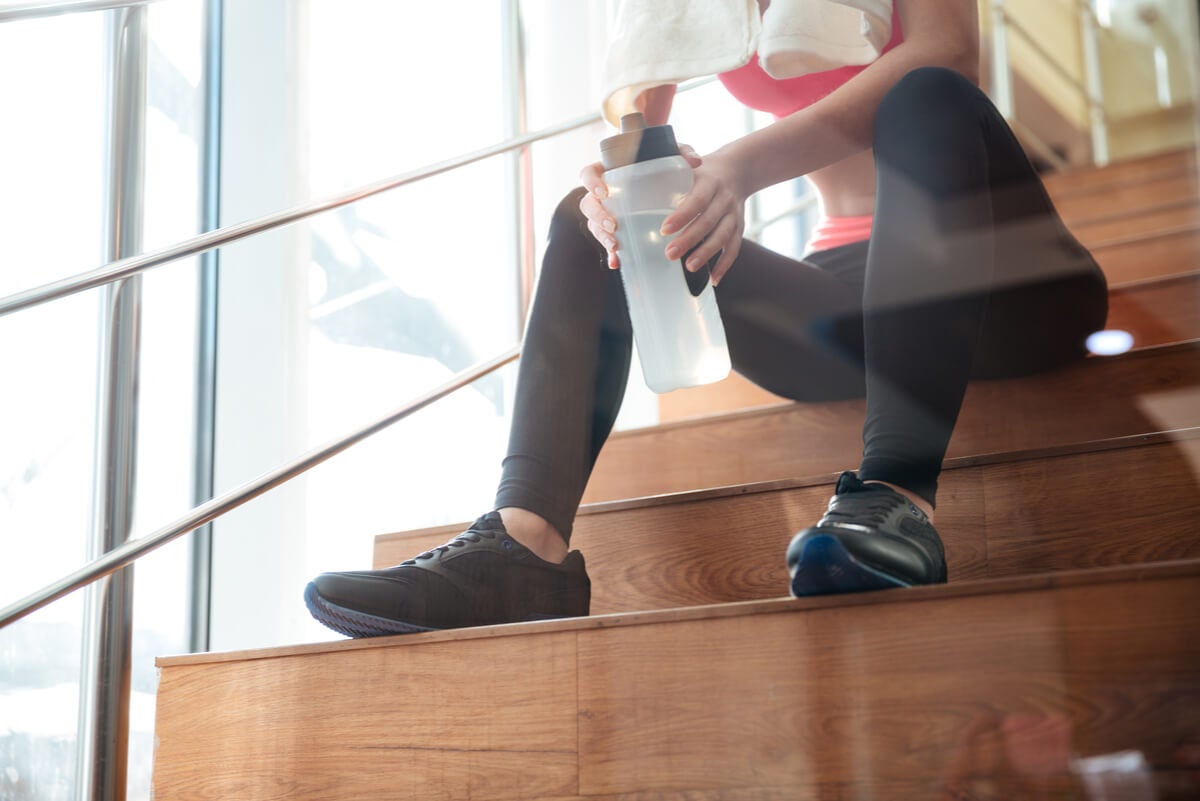
General population
In daily activity there are also many factors that influence the risk of muscle imbalance. The problem is that we are not usually aware of the movements we make. In addition, we tend to always use the same hand, the same foot or the same gesture.
In fact, as it happens in sports practice, repetitive movements are the main cause of muscle imbalances . In this case, the problem is aggravated when we do everything with the same member or to the same side.
Another common cause of muscle imbalance is prolonged sitting, which forces the hips to be flexed for a long time, shortening the muscles. This causes a change in the joints in this area, which implies tensions that affect the back.
Special mention should be made of those that occur when driving for many hours. Added to the problems caused by sitting for a long time are posture while driving and using one leg more than the other.
The main consequence of muscle imbalances is pain caused by limitation of movements, gestures forced by muscle tension and instability. What you feel is shoulder, back, and hip pain.
What are the consequences of muscle imbalances?
Superior crossed syndrome
Upper cruciate syndrome involves tension in the upper trapezius, scapulae, and pectorals. This results in a weak neck and shortening of the pectoral muscles.
This problem is common in people who spend a lot of time working on a computer, with mobile devices or in activities that involve keeping their arms forward. It is especially problematic if posture and ergonomics aren’t taken care of .
The poor posture characteristic of a person who suffers or will suffer from problems related to upper cruciate syndrome involves the following:
- Head forward, with difficulty looking up or to the side.
- Accentuation of the dorsal curve (hyperkyphosis).
- Shoulder elevation and forward rounding.
- Abduction of the scapulae (outwards, open as if they were wings).
Inferior crossover syndrome
In the case of lower crossed syndrome, the problem occurs due to tension in the lower back , causing weakness in the gluteal and hip muscles. Or vice versa: tension in the hips and buttocks that affects the lower back.
In this sense, it should be noted that it is common for low back pain to have its origin in muscle problems related to the buttocks, hips and hamstrings. But not necessarily due to injury, but due to biomechanical imbalance.
The poor posture characteristic of a person with problems related to lower cruciate syndrome involves the following:
- Accentuation of the lumbar curve (hyperlordosis).
- Pelvis forward.
- Rotation of the leg outwards.
- Knee hyperextension.
A serious muscle imbalance will require specialized treatment , that is, put in the hands of a physical therapist backed by adequate medical tests. However, if it is discovered before it has serious consequences, action can be taken. To correct them with training you can do the following:Exercises and treatments to correct muscle imbalance
- It trains the muscles separately and in a balanced way, so that each muscle group works with its own weight.
- Get functional training. This type of training involves more muscle groups and forces you to perform gestures related to normal activities, both in day to day and in sports.
- Start by training the weakest muscles. Several studies show that muscles trained at the beginning respond better than those trained later in the same day.
- Work on mobility and range of motion. The more mobility a joint has, the more efficient the movement will be and the better the muscles can be trained.
- Vary the routine. This involves training in a variety of ways and also doing different types of activities on a daily basis.
- Work on flexibility. Shortening is not solved just by stretching, but it helps. It is not enough to stretch at the end of each workout, but it is necessary to include dynamic stretching in the warm-up and work on flexibility in a focused way.
- Massages in shortened or contracted muscles . This will help improve pain and prevent injury.
Another way to correct a muscle imbalance is through muscle electrostimulation . It uses electrical pulses to mimic the action of the signals that come from neurons. These mild electrical currents cause repeated muscle contractions.
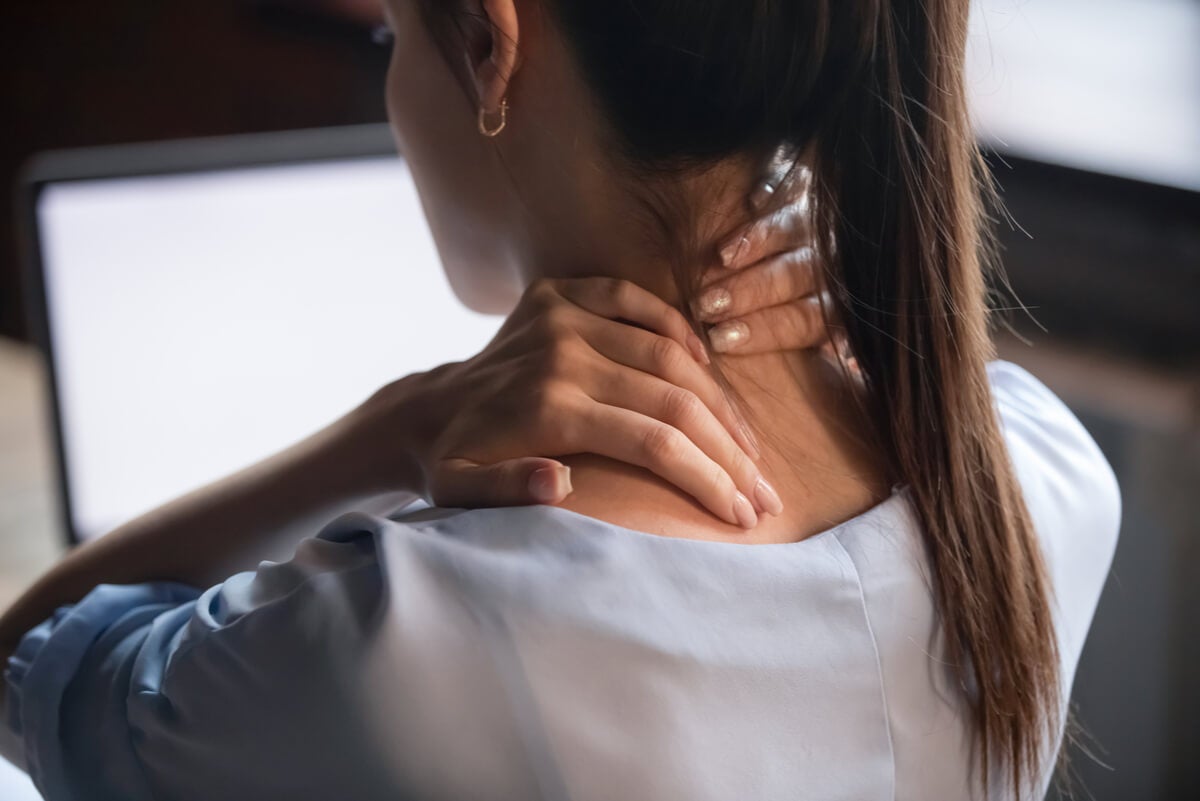
Plan the training
Good training planning is the best way to prevent pain and injury from muscle imbalances . But it is not just about doing what you do well, but about compensating with complementary exercises and training flexibility and range of motion.
When the problem of muscular imbalance has to do with daily activities, it is best to take care of your posture and ergonomics. On the other hand, exercise to compensate for daily activity.
In this sense, it is very important to train strength, since strong muscles are more stable. In addition, it is important to work on flexibility and mobility to avoid shortening and movement limitations. If you don’t have much time, try yoga or Pilates.





